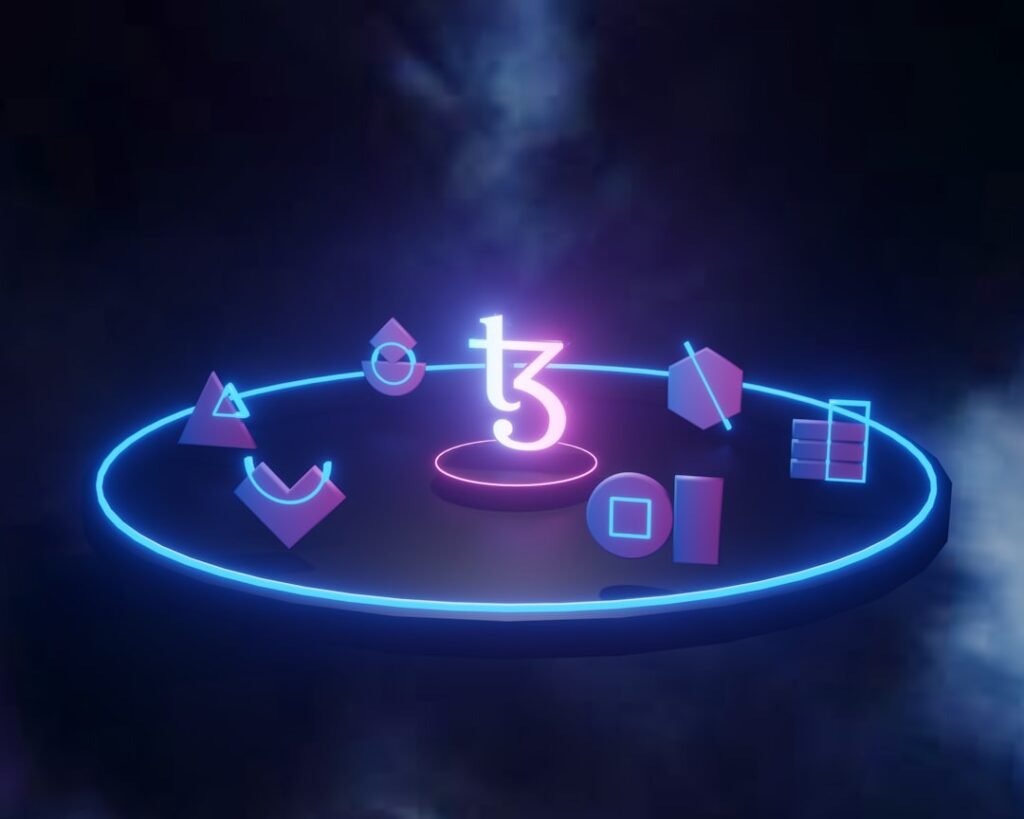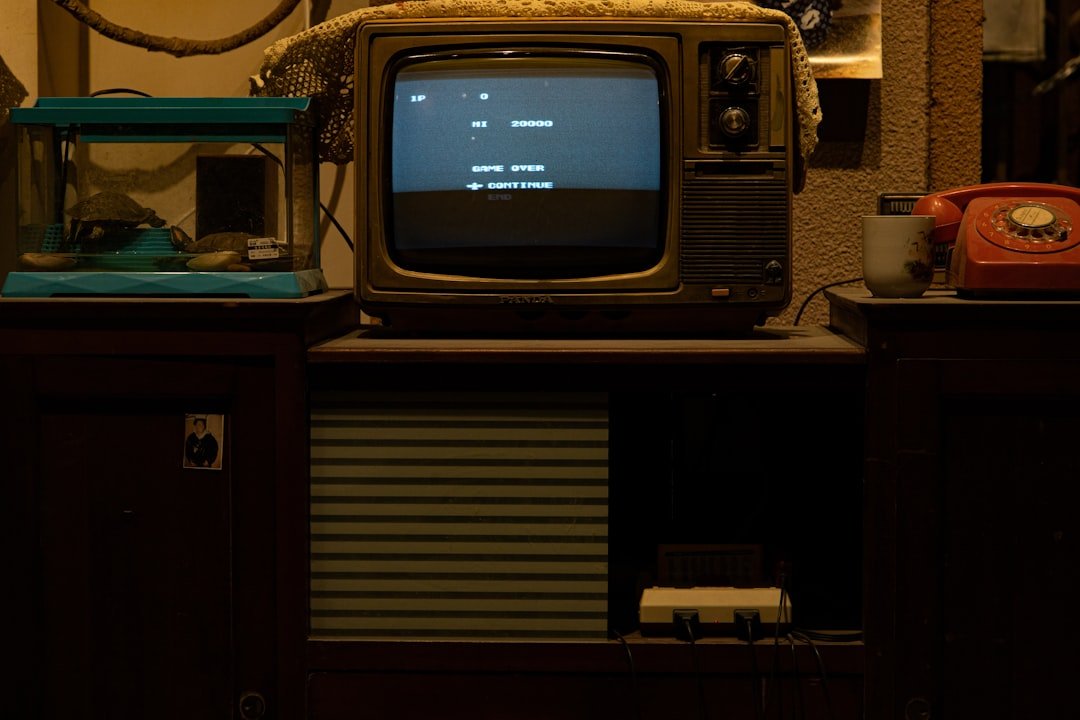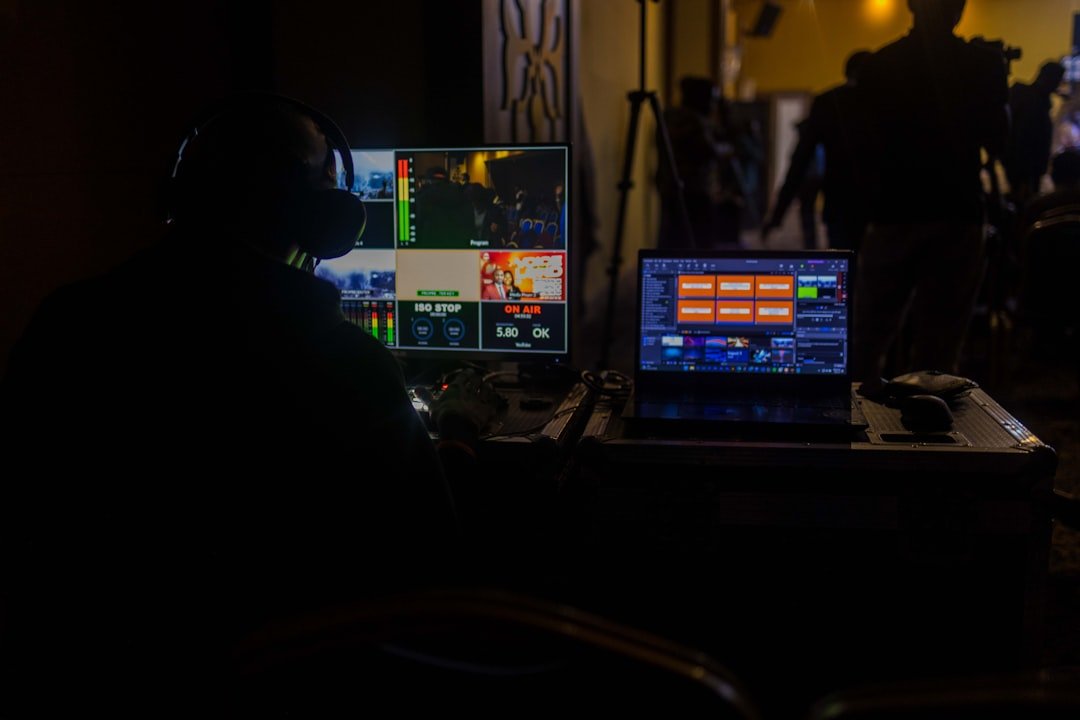Now Reading: Crafting Unforgettable Boss Fights
-
01
Crafting Unforgettable Boss Fights
Crafting Unforgettable Boss Fights

As a gamer, I have always found myself captivated by the thrill of boss fights. These climactic encounters serve as the ultimate test of skill, strategy, and perseverance. They are not merely obstacles to overcome; they are the culmination of a journey, often representing the pinnacle of a game’s narrative arc.
Boss fights can evoke a range of emotions, from exhilaration to frustration, and they often leave a lasting impression long after the game is over. In this article, I will explore the various elements that contribute to creating unforgettable boss fights, delving into their significance in gaming and how they can enhance the overall player experience. Boss fights have evolved significantly over the years, transitioning from simple encounters with predictable patterns to complex battles that require players to adapt and think critically.
As I reflect on my own experiences, I realize that these encounters are often what I remember most vividly about a game. Whether it’s the adrenaline rush of facing a formidable foe or the satisfaction of finally conquering a challenging adversary, boss fights have a unique ability to etch themselves into my memory. This article aims to dissect the components that make these encounters memorable and impactful, providing insights into how developers can craft boss fights that resonate with players.
Key Takeaways
- Boss fights are a staple of many video games, providing players with challenging encounters that test their skills and strategies.
- Memorable boss fights can greatly enhance the overall gaming experience, leaving a lasting impression on players long after the game is over.
- Designing unique boss characters with distinct personalities, abilities, and backstories can make boss fights more engaging and immersive.
- Creating engaging boss fight environments with interactive elements and strategic advantages can add depth and complexity to the encounter.
- Balancing difficulty and accessibility is crucial to ensure that boss fights are challenging yet fair for all players, regardless of skill level.
Understanding the Importance of Memorable Boss Fights
Memorable boss fights are crucial for several reasons. First and foremost, they serve as a narrative device that can elevate the story being told within the game. A well-designed boss can embody the themes and conflicts present in the narrative, making the encounter feel like a natural progression of the story.
For instance, when I face a villain who has been taunting me throughout my journey, the emotional weight of that confrontation adds depth to the experience. It’s not just about defeating an enemy; it’s about resolving a conflict that has been building over time. Moreover, memorable boss fights create a sense of accomplishment.
After investing hours into leveling up my character and honing my skills, finally defeating a challenging boss provides a rush of satisfaction that few other gaming moments can replicate. This sense of achievement can motivate players to continue their journey, pushing them to explore more of what the game has to offer. In my own gaming experiences, I have often found that the most rewarding moments come from overcoming difficult bosses, reinforcing my desire to engage with the game further.
Designing Unique Boss Characters
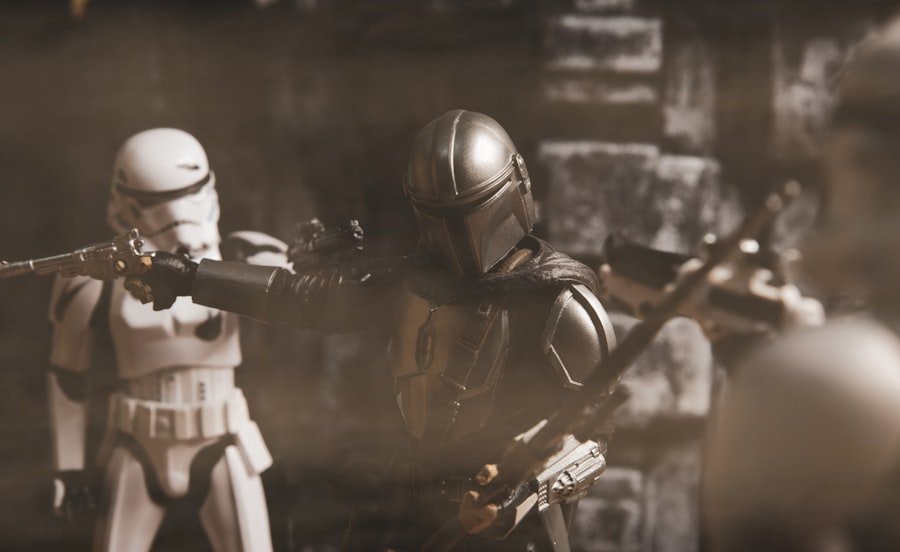
Creating unique boss characters is essential for crafting memorable encounters. A well-designed boss should have distinct traits that set them apart from regular enemies. This uniqueness can manifest in various ways, such as their appearance, abilities, or backstory.
When I think about some of my favorite bosses, I often recall their striking designs and memorable personalities. For example, a boss with an intricate backstory can evoke empathy or hatred, making the fight feel more personal. In addition to their design, bosses should possess abilities that challenge players in innovative ways.
I appreciate when a boss has mechanics that require me to think outside the box or adapt my strategies on the fly. This could involve unique attack patterns or environmental interactions that keep me on my toes. The more distinct and engaging a boss character is, the more likely I am to remember them long after I’ve completed the game.
Creating Engaging Boss Fight Environments
The environment in which a boss fight takes place plays a significant role in shaping the overall experience. An engaging arena can enhance the tension and excitement of the encounter. I find that when a boss fight occurs in a visually stunning or thematically relevant location, it adds an extra layer of immersion.
For instance, battling a fire-breathing dragon in a molten lava cavern creates an atmosphere that heightens the stakes and makes the fight feel epic. Moreover, environmental elements can be integrated into the fight mechanics themselves. I enjoy when arenas feature interactive elements that players can use to their advantage or obstacles that add complexity to the battle.
This not only makes the fight more dynamic but also encourages exploration and experimentation within the space. A well-crafted environment can transform a standard boss fight into an unforgettable spectacle.
Balancing Difficulty and Accessibility
One of the most challenging aspects of designing boss fights is finding the right balance between difficulty and accessibility. As a player, I appreciate when a boss presents a formidable challenge without feeling insurmountable. A well-balanced fight should push me to improve my skills while still allowing for moments of triumph.
If a boss is too easy, I may feel unfulfilled; if it’s too difficult, I risk becoming frustrated and disengaged. To achieve this balance, developers must consider various factors such as player skill levels and game mechanics. I believe that incorporating multiple difficulty settings can help cater to a broader audience while still providing an engaging experience for seasoned players.
Additionally, offering visual or audio cues during critical moments can assist players in understanding attack patterns and mechanics without detracting from the challenge.
Implementing Dynamic Boss Fight Phases
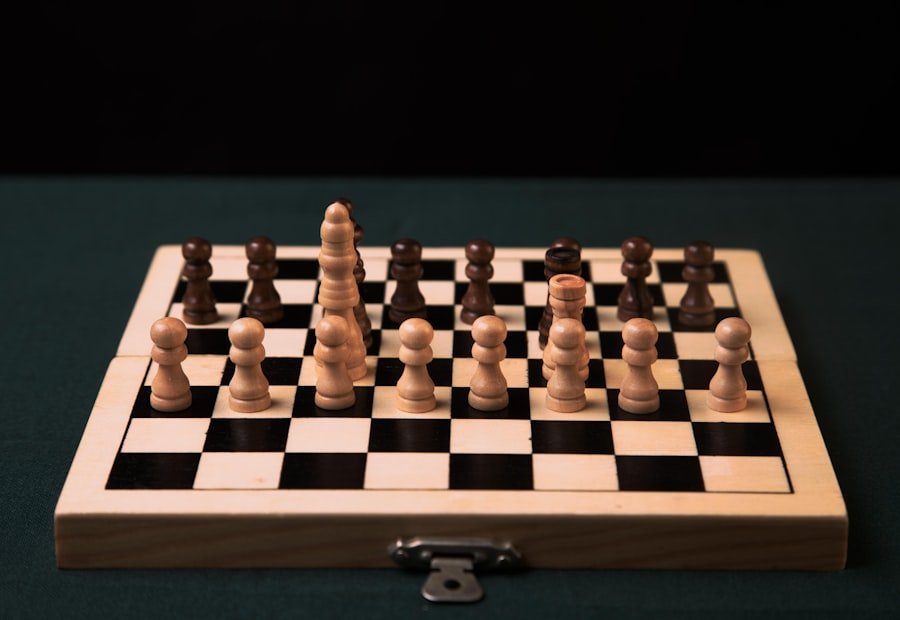
Adapting to New Challenges
When a boss transitions through different phases during a fight, it creates an evolving challenge that requires me to adapt my strategies continuously. I find that these shifts can introduce new mechanics or alter existing ones, keeping me on my toes and preventing monotony.
This escalation not only heightens tension but also allows for moments of triumph as I learn to navigate each phase successfully.
The Thrill of Victory
The thrill of overcoming these challenges is what makes dynamic boss fights so memorable.
Incorporating Player Agency and Choice
Incorporating player agency and choice into boss fights can significantly enhance the experience. When I feel like my decisions matter during an encounter, it adds depth and engagement to the battle. This could manifest in various ways, such as allowing players to choose different strategies or approaches based on their character builds or playstyles.
For instance, some bosses might have specific weaknesses that players can exploit if they choose to experiment with different abilities or weapons. Alternatively, offering multiple paths or tactics during a fight can create opportunities for players to tailor their approach based on their preferences. This sense of agency not only empowers me as a player but also fosters replayability as I explore different strategies in subsequent playthroughs.
Utilizing Music and Sound Design for Impact
Music and sound design play an integral role in shaping the atmosphere of boss fights. The right soundtrack can elevate tension and excitement, immersing me further into the encounter. I often find that memorable boss themes become synonymous with specific characters or moments in gaming history.
A powerful orchestral score or an intense rock anthem can amplify my adrenaline levels and make me feel like I’m part of something epic. Sound design also contributes significantly to the overall experience. The impact of each attack or ability should be felt through sound effects that resonate with players.
When I hear a satisfying thud as my weapon connects with a boss or an ominous rumble before a powerful attack, it enhances my immersion in the battle. Together, music and sound design create an emotional backdrop that can make even the most challenging encounters feel exhilarating.
Crafting Meaningful Rewards and Consequences
Crafting meaningful rewards and consequences for defeating bosses is essential for reinforcing player engagement. When I finally conquer a challenging foe, I want my efforts to be recognized through tangible rewards—be it powerful gear, unique abilities, or significant story progression. These rewards not only provide motivation but also enhance my character’s growth within the game.
Conversely, consequences for failure should also be thoughtfully considered. While losing to a boss can be frustrating, implementing systems that encourage learning from mistakes rather than punishing players too harshly can foster resilience and determination. For instance, allowing players to retain some progress or resources after defeat can encourage them to try again without feeling disheartened.
Playtesting and Iterating for Optimal Experience
Playtesting is an invaluable step in ensuring that boss fights deliver an optimal experience for players. As developers gather feedback from testers, they gain insights into what works well and what needs improvement. I believe that observing how different players approach encounters can reveal unexpected challenges or frustrations that may not have been apparent during initial design phases.
Iterating on feedback allows developers to refine mechanics, adjust difficulty levels, and enhance overall engagement. As someone who has experienced both polished and unrefined boss fights, I appreciate when developers take the time to listen to player feedback and make necessary adjustments. This commitment to improvement ultimately leads to more satisfying encounters that resonate with players.
The Impact of Unforgettable Boss Fights
In conclusion, unforgettable boss fights are integral to creating memorable gaming experiences. They serve as narrative climaxes, tests of skill, and opportunities for emotional engagement. By designing unique characters, crafting immersive environments, balancing difficulty with accessibility, implementing dynamic phases, incorporating player agency, utilizing impactful music and sound design, offering meaningful rewards and consequences, and committing to playtesting and iteration, developers can create encounters that resonate deeply with players.
As I reflect on my own gaming journey, it’s clear that some of my most cherished memories stem from epic battles against formidable foes. These encounters have shaped my love for gaming and continue to inspire me as I explore new titles. Ultimately, unforgettable boss fights leave an indelible mark on players’ hearts and minds—reminding us why we embark on these virtual adventures in the first place.
If you’re interested in the psychology behind gaming experiences, you may also enjoy reading co/the-psychology-of-game-achievements-why-we-love-collecting-trophies/’>The Psychology of Game Achievements: Why We Love Collecting Trophies.
This article delves into the reasons why gamers are so drawn to collecting in-game achievements and trophies, shedding light on the motivations behind this common gaming behavior. Understanding the psychology of gaming can provide valuable insights into what makes certain aspects of games, like boss fights, so memorable and engaging for players.
FAQs
What is a boss fight?
A boss fight is a significant battle in a video game where the player faces off against a powerful and often unique enemy. These battles typically occur at the end of a level or stage and require the player to use their skills and knowledge of the game to defeat the boss.
What makes a boss fight memorable?
Several factors can contribute to making a boss fight memorable, including unique and challenging mechanics, an engaging storyline or character development, epic music and sound design, and visually stunning environments. Additionally, a sense of accomplishment and reward after defeating the boss can also make the fight memorable.
Why are boss fights important in video games?
Boss fights serve as climactic moments in video games, providing players with a significant challenge and a sense of accomplishment when they are successfully defeated. They also often serve as a culmination of the player’s progression through the game and can be pivotal in advancing the game’s storyline.
What are some examples of memorable boss fights in video games?
Some examples of memorable boss fights in video games include the battle against Ganon in The Legend of Zelda: Ocarina of Time, the encounter with Psycho Mantis in Metal Gear Solid, and the fight against Ornstein and Smough in Dark Souls. These boss fights are often cited as memorable due to their challenging mechanics, emotional impact, and iconic status within the gaming community.














